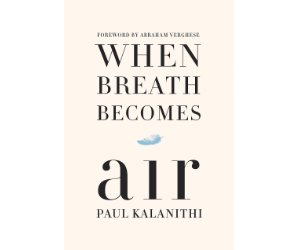A Few Practical Thoughts for Dealing with Death in Medicine
Death is an unfortunately common event in the field of medicine. How do you deal ... Read more
Written by: Katie Imbrock
Published on: February 20, 2018
Death is an unfortunately common event in the field of medicine. How do you deal ... Read more
Written by: Katie Imbrock
Published on: February 20, 2018

He is younger than me! This is not happening. This could have been me. These ... Read more
Written by: Mohamed Gad
Published on: January 23, 2018

If you read one book this year, make it When Breath Becomes Air. Do yourself ... Read more
Written by: Chivas Owle
Published on: November 22, 2016

Despite being on the top of a hill, the hospital was remarkably unimposing and unimpressive: ... Read more
Written by: Emma Cox
Published on: October 27, 2016

Republished with permission from here. Although there is really never a right time to die ... Read more
Written by: George Prousi
Published on: January 27, 2016